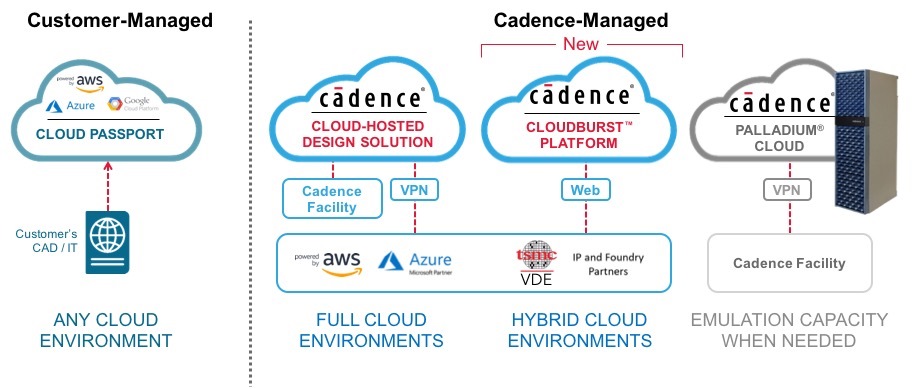Machine learning (ML) is already making its way into EDA tools and flows, but the majority of announcements have been around implementation, especially in guiding toward improved timing and area. This is a pretty obvious place to start; ML is in one sense an optimization technique, trained on prior examples, which should be able… Read More
Anirudh Keynote at CDNLive 2019
Anirudh Devgan (President of Cadence), gave the third keynote at CDNLive Silicon Valley this year. He has clearly become adept in this role. He has a big, but supportable vision for Cadence across markets and technologies and he’s become a master of the annual tech reveals that I usually associate with keynotes.
Anirudh opened … Read More
EDA Update 2019
Over the last six years EDA has experienced yet another disruption not unlike the Synopsys acquisition of Avant! in 2001 which positioned Synopsys for the EDA lead they still enjoy today. Or the hiring of famed venture capitalist Lip-Bu Tan in 2009 to be the CEO of struggling EDA pioneer Cadence Design Systems. Under Lip-Bu’s… Read More
Hogan Fireside Chat with Paul Cunningham at ESDA
If you’re in verification and you don’t know who Paul Cunningham is, this is a guy you need to have on your radar. Paul has risen through the Cadence ranks fast, first in synthesis and now running the verification group, responsible for about a third of Cadence revenue and a hefty percentage of verification tooling in the semiconductor… Read More
Lip-Bu Keynote at CDNLive 2019
Cadence CEO Lip-Bu Tan is always an interesting guy to listen to for his broader technology industry overview and his insight into emerging tech through his Walden International investments. Though we’re usually heads-down in challenging technical problems, it’s good to look up from time to time to check whether what … Read More
My Thoughts on Cadence in the Cloud
The cloud is a highly popular term that a lot of people don’t fully understand. If you are one of those people please read on as I will share my experience, observations, and opinions. Even if you are a cloud aficionado you may want to catch up on what’s new with EDA cloud services so again read on.
When we first started SemiWiki 9 years … Read More
Solving the EM Solver Problem
The need for full wave EM solvers has been creeping into digital design for some time. Higher operating frequencies – like those found in 112G links, lower noise margins – caused by multi level signaling such as in PAM-4, and increasing design complexity – as seen in RDL structures, interposers, advanced connector… Read More
Update on SystemC for High-Level Synthesis
The scope of current system designs continues to present challenges to verification and implementation engineering teams. The algorithmic complexity of image/voice processing applications needs a high-level language description for efficient representation. The development and testing of embedded firmware routines… Read More
A Smarter Way to Do Multi-Board PCB Systems
Many electronic product ideas start out as sketches on the back of a napkin, then migrate over to diagrams drawn in Visio or PowerPoint, finally entered into EDA-specific tools. With that methodology there’s a big disconnect between the diagrams drawn with a purely graphical tool and the EDA tools, because there’s… Read More
Intelligent Electronic Design Exploration with Large System Modeling and Analysis
At the recent DesignCon 2019 in Santa Clara, I attended a couple of sessions where Cadence and their research partners provided some insight on machine learning/AI and on large system design analysis; with the first one focused on real-world cloud & machine learning/AI deployment for hardware design and the second one focused… Read More










